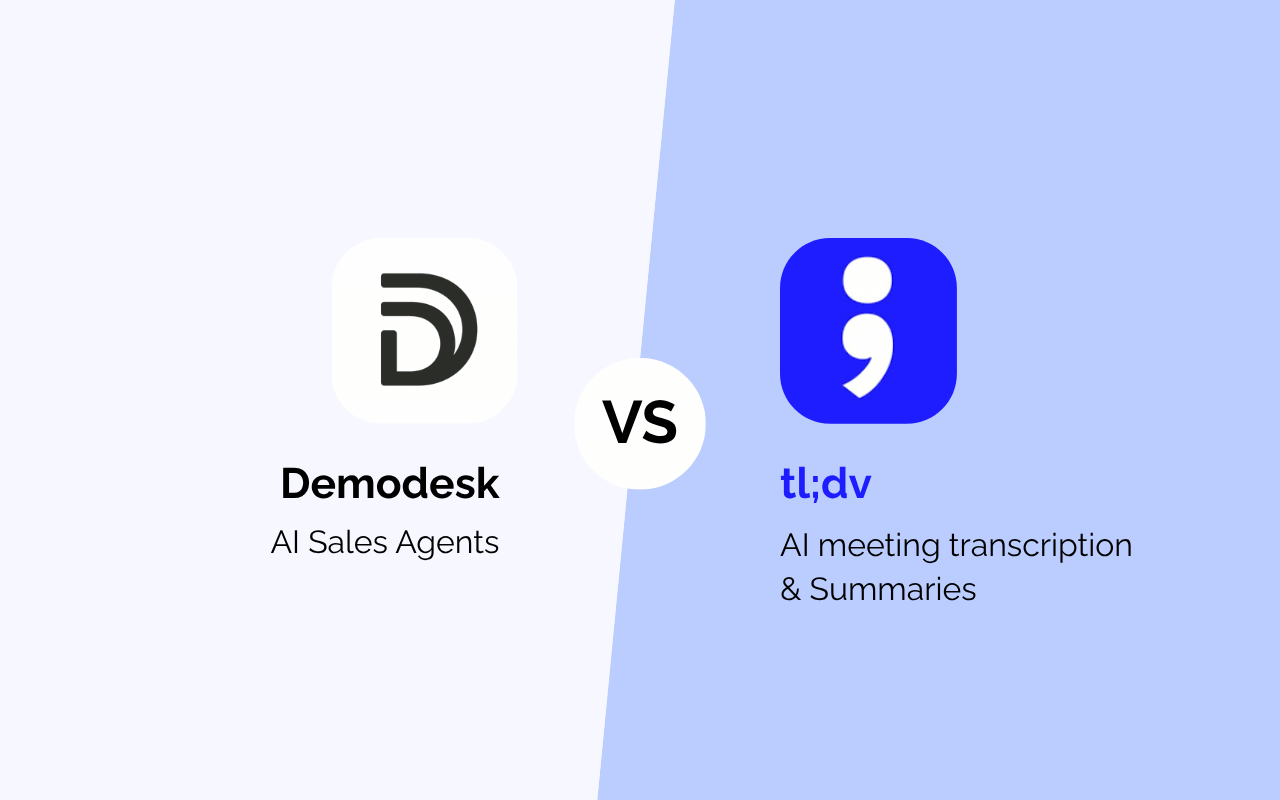Sales forecasting is a critical component to a sales team's success, yet many organizations don't have a structured plan. In fact, a recent report found that 67% of sales organizations do not use formal forecasting plans.
Why should forecasting be a focus for sales leaders? Creating a sales forecasting plan for your team can lead to increased growth, revenue, and performance. Knowing how to forecast sales will also help with setting achievable and accurate quotas for your reps. Lastly, sales forecasting impacts the entire company — these reports are used to dictate budgets, planning, and future strategy.
There are many ways to forecast sales. It’s important to know where to start and what information to incorporate when creating a forecasting system for your team.
In this article, we’ll break down what you’ll need to build a sales forecasting plan. We’ll also give an overview of different forecasting approaches based on company specifics and general characteristics of effective plans.

Where to start with sales forecasting
If you want to know how to forecast sales, you will first need to clarify and collect some pertinent information. Before you begin building your sales forecasting plan, start with the following:
What are your objectives?
What are your sales goals? Are you hoping to grow revenue by a certain percentage? Are you launching a new product and want to focus on those sales in particular? Figure out what your specific objectives are first. This will help you build a specialized plan for your goals and set up accurate quotas for your reps.
Use historical data for initial insights
History is the best teacher, so pull as much statistical data as you can regarding the team’s past sales performance. Also, pull any relevant industry information like market growth research and economic insights, particularly if you have a seasonal business model. All of this historical data will be an important tool for building your sales forecast plan. Once you’ve determined your department’s (and company’s) objectives and have collected the applicable information, then you can look at which forecasting style would be best suited for your particular sales team.
How to approach sales forecasting
Your forecasting process will depend on a few different factors like your specific industry as well as the growth stage of your business. Here are a few items to keep in mind when deciding how to begin forecasting your sales.
Sales organization components
Take into consideration additional elements like your sales team's business maturity, the size of your team, the specifics of the product you’re selling, and the department’s current budget. Importantly, note the consistency of the incoming sales data. Are you receiving all the necessary information in a consistent (and timely) fashion to make precise estimations?
Company growth stage
The company’s current size and business stage will have an impact on how you forecast sales. For example, take the forecasting differences between startups and established businesses:
Sales forecasting for startups
Startup businesses will require a simple forecasting method since there is no historical data to reference for future insights. In addition, the company’s goals are typically more focused on growth strategy and investor financing, so forecasting will need to come from a structured sales process.
This means you must solidify a sales process first and invest in a CRM tool to streamline data collection and trackability. Once more data has been compiled, then you’ll be able to evaluate reports and create adjustments to your forecasting plan.
Since there is a lack of historical data, you will need to utilize other sources for information. Feedback and insight from your sales reps (and their prospects) will be influential, along with additional research from consumer reports, market research, and industry contacts.
Sales forecasting for medium/large sized business
With more established companies, there is historical information available to reference. Using this quantitative data, you can incorporate more complex reporting methods and algorithms, which means the forecasting plan you choose can get more granular.
Also, a more established company will have additional information when it comes to repeat business statistics versus new client expectations. This will help define your forecast even further
Bottom-up vs top-down forecasting
Generally speaking, there are two ways to forecast sales. You can generate estimations from either the top-down or the bottom-up, depending on your sales data.
Bottom-up forecasting starts with the information specific to your product — the average price per sale multiplied by the expected number of sales — and then expands from there. Additional factors like your website traffic data, outreach numbers, sales team size, and marketing statistics will also come into play. In simpler terms, bottom-up forecasting begins with a micro view of your business, then moves upward.
On the opposite side, top-down forecasting is a macro view of your sales forecast. With this method, you would start with the size of the market — or total addressable market (TAM) — and then forecast how much of that market you would be able to occupy for the upcoming year. This method has far less detailed data since it’s more of a general estimation, but may be helpful for newer companies with no historical sales data.
If you are trying to decide which forecast style to implement, one of the best solutions is to use both! By utilizing both methods, you are more likely to find a middle ground with your estimations, which means they are more likely to be accurate.
Once you finalize your reporting approach, it’s time to build your sales forecasting plan.
Building the sales forecasting plan:
Now that you have collected all the relevant data and decided on the best forecast style for your team, you can use that information to begin to build your plan. Here’s a quick guide to help you start:

1. Determine forecasting timing
The type of plan you build will depend on if you want to forecast all sales within a certain period of time (quarterly, monthly, etc) or if you want to track sales for a particular output only.
Also, consider any seasonality factors when it comes to your products. For example, if you have an additional product release every Q4, then your forecasting plan may need to look different for that quarter specifically.
2. Breakdown sales cycle
Define your sales cycle by creating a breakdown of the average time spent in each stage — leading you to determine the average length of your particular sales cycle. This helps to understand the timeline for each sale, which feeds directly into the forecast.
3. Utilize current sales metrics
Using the historical data you already pulled, define additional variables like average sale prices and renewal rate percentage. Incorporate your Annual Recurring Revenue (ARR) numbers, as well as your conversion rates, turn rates, and average growth trajectory.
4. Create a template
Based on your sales cycle, metrics, objectives, and sales team specifics create a template that incorporates all of these factors. You can build your own template from scratch (download the template below) or you can use an automated forecasting tool that connects to your CRM for an easier transition. Here are some resource examples:
- Excel: Using an excel template is an efficient choice if you have a small sales team or limited products to track.
- Automation tools: If you use automation for your sales process, then there may be an integrated forecasting-style feature within the software. For example, the Lead Enrichment software Cognism automatically predicts the likelihood of a prospect converting. This insight is a helpful addition to your estimation of future sales.
- Pick a method: You can choose from multiple forecasting methods that can help ensure accuracy within your plan. Based on your forecasting approach, choose a method that accommodates it. For example, if you are a medium-sized business with a sizeable sales team, a good amount of past sales data available, and a sophisticated CRM system, then a multivariable or historical forecasting method could be a good fit.
5. Formalise and share with the team
Once you’ve created your plan, formally document the process for full sales team transparency. It’s important that sales reps know how you are forecasting their sales — insight into the overall process will lead to a better understanding of their quotas and goals.

Characteristics of successful sales forecasting plans
Sales forecast plans are unique to each company. However, there are some general characteristics of successful plan structures. Here are some components to keep in mind:
Scalable and adjustable
Your sales forecasting plan will need to grow with you, so be sure it has the space to be flexible. Feedback will be an important aspect of your forecasting plan, so also make sure to allow room for future improvements.
Data-driven
Data will be one of your most important tools when building, testing, reviewing and adjusting your sales forecasting plan. Invest in CRM software to streamline data content through automation.
Incorporates company goals and objectives
Your sales strategy will be based on the goals of your department and the company as a whole. Therefore, your forecasting plan should reflect those objectives (and be flexible when those goals shift as well!).
Collaborative
Since forecasting impacts the planning of budgets, risk management, and plenty of other business-wide decisions, gather insights from multiple teams when creating your plan. There should be cross-departmental visibility into your forecasting reports, so including their perspectives will be a helpful tool when creating your plan.
Don’t forget to reassess your forecast plan as often as possible — you want to scale it as the company grows, but also adjust accordingly when needed.
Knowing how to forecast sales is a vital component of leading your sales team. When creating a plan that is specific to your company, remember to integrate historical data, as well as sales metrics, market research, and cross-departmental insights to give you a well-rounded forecast framework.
By building your own forecasting plan, you are enhancing your sales team and helping them achieve greater results. A study by the Aberdeen Group found that companies with accurate sales forecasts had a 10% greater chance at growing their revenue year-over-year. Investing time into building a sales forecasting plan will set the foundation for a versatile and profitable sales organization.





%201.avif)







